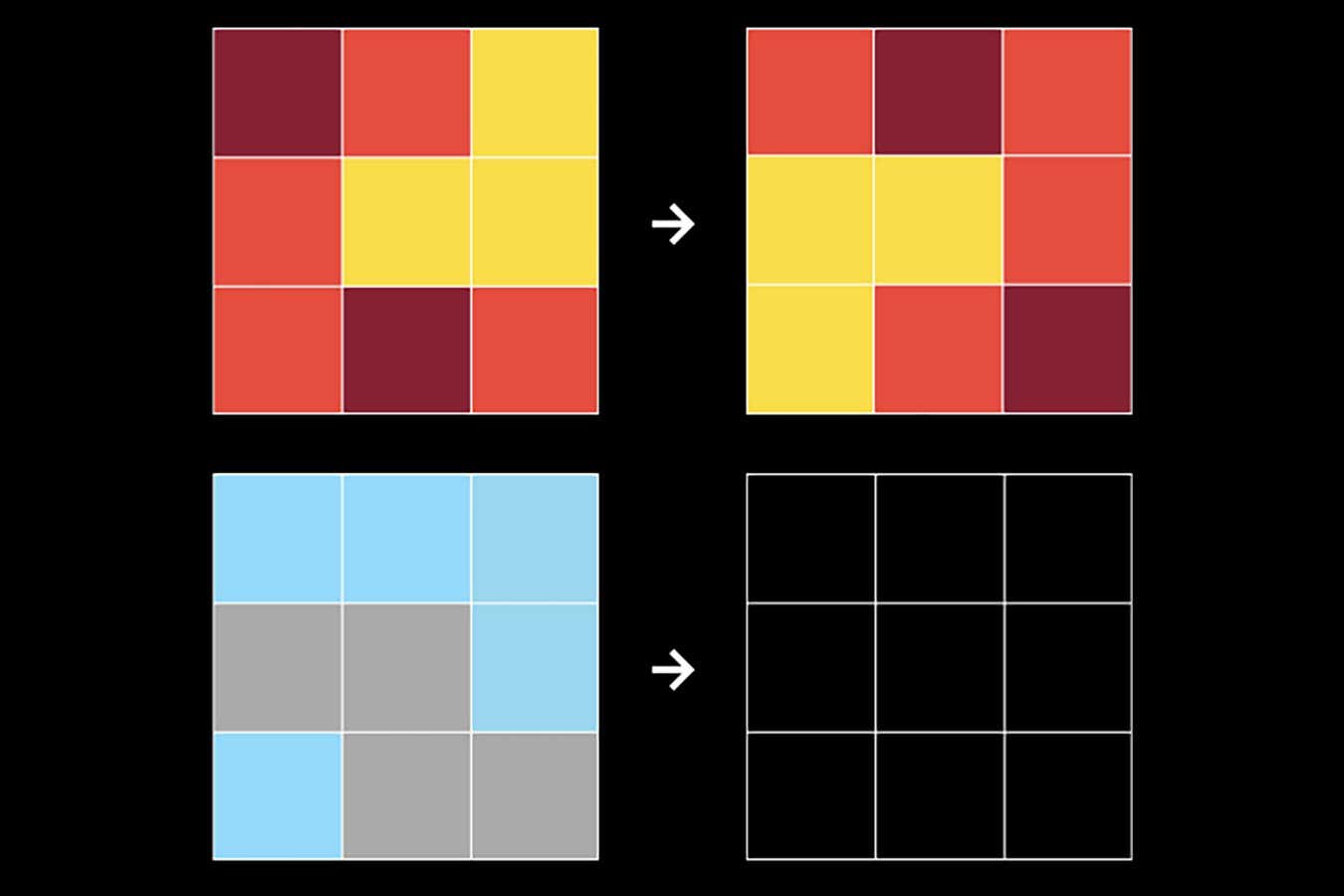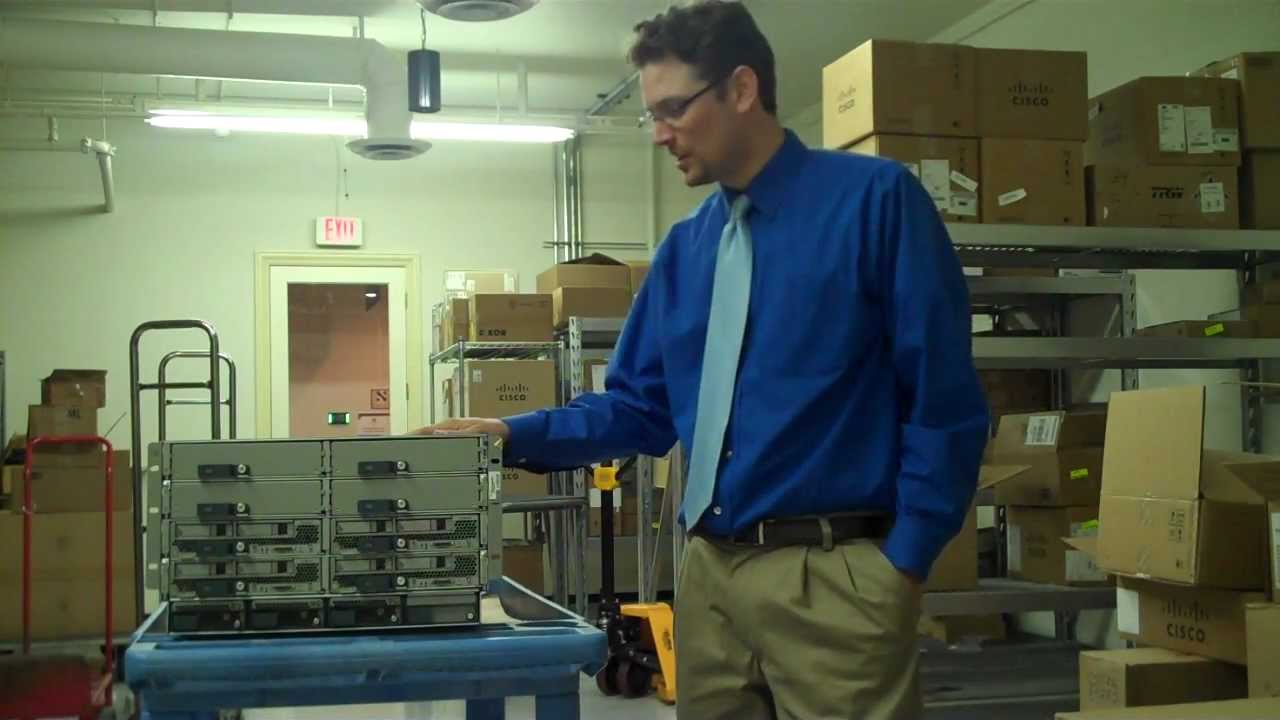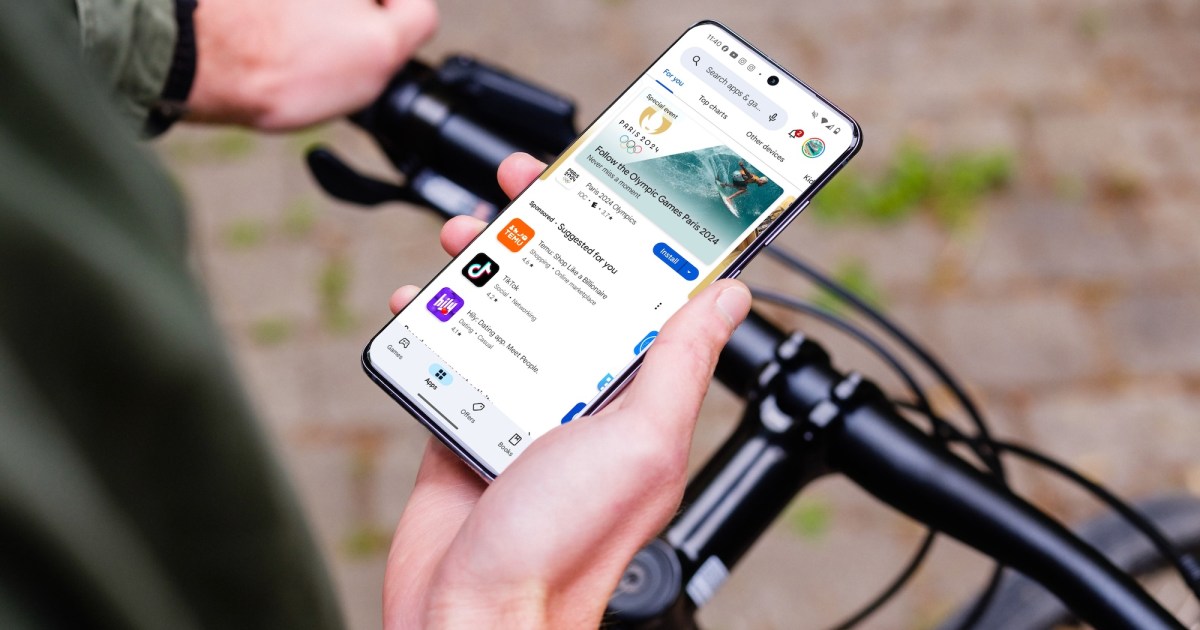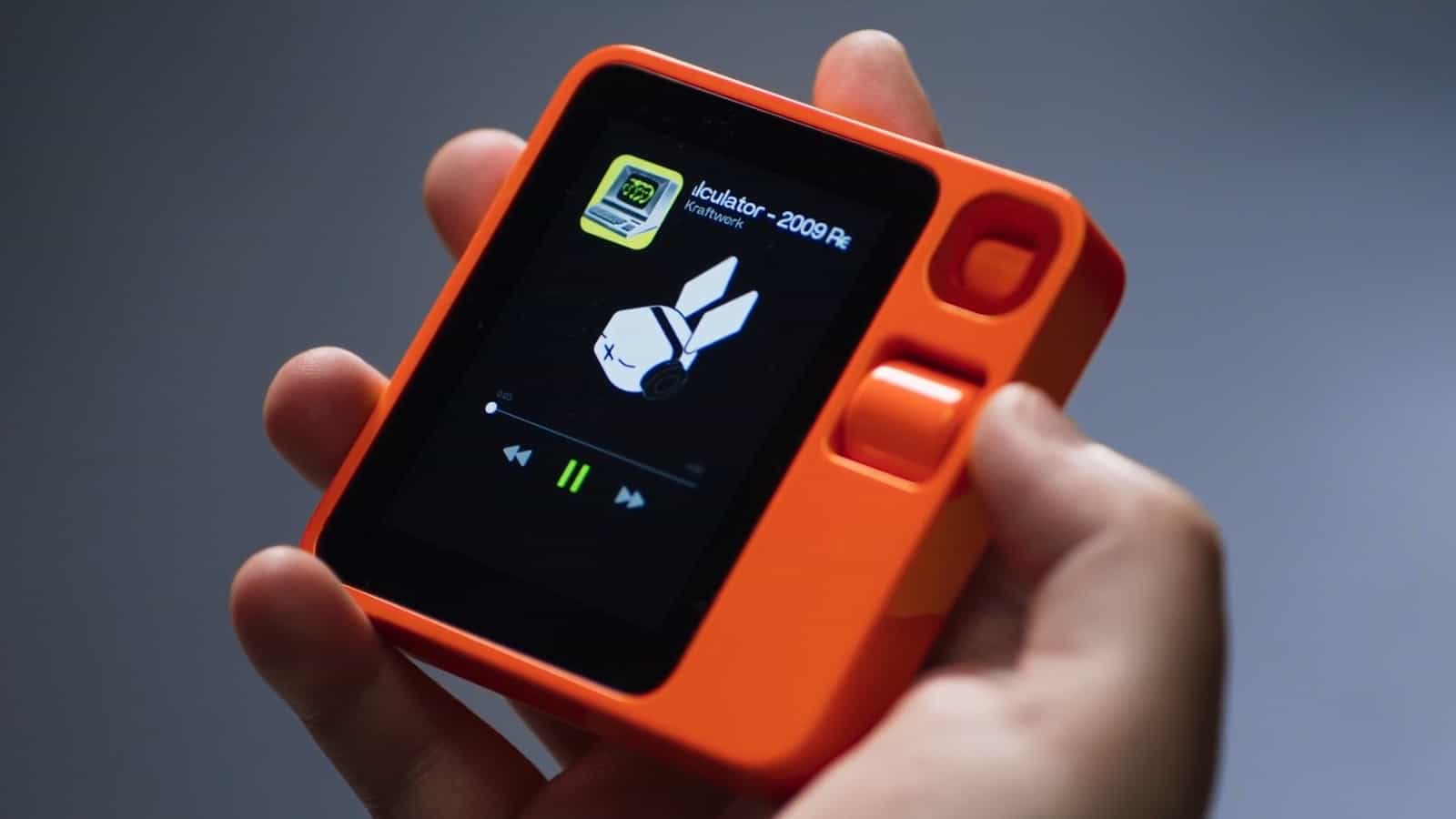Technology
Apple may release an iPad-like smart home display next year
Apple is preparing to take a fresh run at the smart home that starts with a rumored smart display that it may release next year. That’s according to Bloomberg’s Mark Gurman, who writes in his Power On newsletter today that the display will use a new operating system, called homeOS, that’s based on the Apple TV’s tvOS (much like the software that drives HomePods now.)
Gurman reports that the display will run Apple apps like Calendar, Notes, and Home, and that Apple has tested prototypes with magnets for wall-mounting. And it will support Apple Intelligence — something Apple’s HomePods don’t currently do.
Another recent rumor suggested that a “HomeAccessory” device coming soon would be square-shaped, and that users might be able to use hand gestures from afar to control it, as 9to5Mac wrote earlier this week. And MacRumors has reported on apparent code references to the device and homeOS.
A display like this sounds more down-to-Earth than Apple’s robotic screen idea. It could also be less fiddly and hopefully less expensive than trying to use an iPad as a dedicated smart home controller (I’ve tried; it’s not a great experience!) We’ll find out if and when it launches — which doesn’t sound terribly far off.
Technology
$1m prize for AI that can solve puzzles that are simple for humans


Can you solve this puzzle?
Mike Knoop
A set of puzzles that will challenge even today’s most sophisticated artificial intelligence models, while being relatively easy for people, aims to encourage AI developers to create new techniques. Any AI that solves the puzzles will net its creators a share of a $1 million prize fund.
Companies like OpenAI already claim that their AI models, like GPT-4, exhibit “human-level performance” on real-world tests, such as university admission exams or the bar exam for lawyers. But this isn’t because the models are reasoning intelligently like humans, says Mike Knoop at…
Servers computers
Cisco UCS Blade Server – What you need to know

A Brief Demonstration of how the Cisco UCS 5108 Blade Series hardware works including Servers, Hard Drives, Memory, Power Supplies, IO Modules and Fans.
Simple, Easy and Efficient!
The Cisco UCS 5100 Series Blade Server Chassis is a crucial building block of the Cisco Unified Computing System, delivering a scalable and flexible architecture for current and future data center needs, while helping reduce total cost of ownership.
Cisco’s first blade-server chassis offering, the Cisco UCS 5108 Blade Server Chassis, is six rack units (6RU) high, can mount in an industry-standard 19-inch rack, and uses standard front-to-back cooling. A chassis can accommodate up to eight half-width, or four full-width Cisco UCS B-Series Blade Servers form factors within the same chassis.
The Cisco UCS 5108 Blade Server Chassis revolutionizes the use and deployment of blade-based systems. By incorporating unified fabric and fabric-extender technology, the Cisco Unified Computing System enables the chassis to:
•Have fewer physical components
•Require no independent management
•Be more energy efficient than traditional blade-server chassis
This simplicity eliminates the need for dedicated chassis management and blade switches, reduces cabling, and allowing scalability to 40 chassis without adding complexity. The Cisco UCS 5108 Blade Server Chassis is a critical component in delivering the simplicity and IT responsiveness for the data center as part of the Cisco Unified Computing System. .
source
Technology
A virus infected more than 11 million Android devices. Here’s what we know

According to statistics, it’s expected that people will download 143 billion apps in 2026 alone. That’s a lot of people and a phones, so it’s no surprise that bad actors have pinpointed the Play Store as an ideal distribution center. According to security researchers at Kaspersky SecureList, the infamous Necro malware has been found in Android, with more than an estimated 11 million devices infected.
The estimated download count comes from the researchers taking a look at the different infected apps. There are several that are confirmed infected, including Wuta Camera and Max Browser. There are also WhatsApp mods from unofficial sources that carry the malware, as well as a Spotify mod called “Spotify Plus” — yes, like the premium service. The report also touches on a number of infected mods for games like Minecraft and Melon Sandbox.
According to the report, the malware was part of Wuta Camera from version 6.4.2.148 until its discovery and removal in version 6.4.7.138. Max Browser has since been removed from the app store, but it had been downloaded and installed more than a million times and contained the Necro loader from version 1.2.0 forward.

The Necro malware is designed to generate revenue for the attacker by running processes in the background of your phone. You might notice a performance hit, but the malware is built to go undetected. In short, it opens and clicks advertisements to create ad revenue, but it does so through invisible windows.
In an interview with Fox, Google stated that all known infected apps had been removed already, and that most users should have been protected by Google Play Protect, the default antivirus on most Android devices.
If you’re concerned that your device might have caught the Necro malware or another nasty bit of software, use a reliable antivirus scanner. There are multiple different antivirus programs available for Android devices, and we have a handy guide on how to remove malware and viruses from an Android phone.
Servers computers
HP Rack Server AMC Vendor India | HPE ProLiant Server AMC Cost/Price

TieDot Technologies offers comprehensive maintenance (AMC) Annual maintenance contract for HPE Rack Server HPE ProLiant DL580, DL560, DL388, DL385 DL380, DL360, DL325, DL180, DL160, DL120, DL20 Gen9/10 Servers in India – Bangalore for AMC Cost and AMC Price Call: +91-9035020041
source
Technology
Only 5,000 people are using the Rabbit R1

In an interview with FAST COMPANY, Lyu admitted that the Rabbit R1 launched prematurely in 2024. It failed to meet the high expectations for this piece of AI hardware. Despite the initial backlash, the device got 16 OTA updates in an effort to fix bugs and improve functionality. As of now, around 5,000 people use the Rabbit R1 daily, but this is a far cry from the 100,000 pre-ordered units. Early adopters have expressed disappointment as the device has struggled to deliver on its promises.
The AI hardware landscape
The Rabbit R1 is part of a larger conversation surrounding the emerging and uncertain field of AI hardware. It is still in its experimental phase, much like the early days of mobile phones. While the device features some good hardware, the real challenge lies in delivering a compelling, everyday use case for consumers. Lyu and industrial designer Robert Brunner both acknowledge that complexity but see it as essential to advancing technology.
Why did the Rabbit R1 user base shrink?
Despite the hype and a promising start, with over 100,000 pre-orders and $20 million in revenue, the Rabbit R1 has seen its user base shrink significantly. The device failed to meet the high expectations it set, largely because of several critical flaws.
Software bugs, short battery life, and limited functionality tanked performance on this device. Tech expert Mishaal Rahman discovered that theRabbit R1’s interface is essentially a single Android app, which led many to question why dedicated hardware was necessary at all.
The device currently supports only four apps—Spotify, MidJourney, DoorDash, and Uber— most of which you can manage with your phone. This redundancy, especially for a $200 product, makes the device’s value questionable. Rahman even installed the Rabbit R1’s software on a Google Pixel.
Some of the key features that Rabbit promised during the launch (like the “Teach mode” that would allow users to create their own agents) have yet to materialize. Lyu’s vision of a personalized computing experience where the Rabbit R1 would be the “simplest computer you don’t need to learn how to use” is far from a reality right now.
The future of the Rabbit R1
While Lyu has announced plans for updates, including a “Teach mode” and other features, the fate of Rabbit’s fledgling device remains unclear. Without some strides, the Rabbit R1 might be relegated to the growing category of hit-and-miss AI gadgets, just like the Humane AI Pin.
Lyu, however, views these initial missteps as a necessary part of the product’s evolution. He believes that launching early and learning from user feedback is crucial for startups in the fast-paced AI hardware industry. Despite the setbacks, he remains optimistic about the Rabbit R1’s future.
Technology
YouTube blocks songs from artists including Adele and Green Day amid licensing negotiations

Songs from popular artists have begun to disappear from YouTube as the platform’s deal with the performing rights organization SESAC (Society of European Stage Authors and Composers) approaches its expiration date. As reported by Variety, certain songs by Adele, Green Day, Bob Dylan, R.E.M., Burna Boy and other artists have been blocked in the US, though their entire catalogs aren’t necessarily affected. Videos that have been pulled, like Adele’s “Rolling in the Deep,” now just show a black screen with the message: “This video contains content from SESAC. It is not available in your country.”
In a statement to Engadget, a YouTube spokesperson said the platform has been in talks with SESAC to renew the deal, but “despite our best efforts, we were unable to reach an equitable agreement before its expiration. We take copyright very seriously and as a result, content represented by SESAC is no longer available on YouTube in the US. We are in active conversations with SESAC and are hoping to reach a new deal as soon as possible.” According to a source that spoke to Variety, however, the deal hasn’t even expired yet — it’ll reportedly terminate sometime next week — and the move on YouTube’s part may be a negotiation tactic. SESAC has not yet released a statement.
-

 Womens Workouts6 days ago
Womens Workouts6 days ago3 Day Full Body Women’s Dumbbell Only Workout
-

 Technology2 weeks ago
Technology2 weeks agoWould-be reality TV contestants ‘not looking real’
-

 Science & Environment1 week ago
Science & Environment1 week ago‘Running of the bulls’ festival crowds move like charged particles
-

 News1 week ago
News1 week agoOur millionaire neighbour blocks us from using public footpath & screams at us in street.. it’s like living in a WARZONE – WordupNews
-

 Science & Environment2 weeks ago
Science & Environment2 weeks agoMaxwell’s demon charges quantum batteries inside of a quantum computer
-

 Science & Environment1 week ago
Science & Environment1 week agoHyperelastic gel is one of the stretchiest materials known to science
-

 Science & Environment2 weeks ago
Science & Environment2 weeks agoHow to unsnarl a tangle of threads, according to physics
-

 Science & Environment1 week ago
Science & Environment1 week agoPhysicists are grappling with their own reproducibility crisis
-

 Science & Environment2 weeks ago
Science & Environment2 weeks agoITER: Is the world’s biggest fusion experiment dead after new delay to 2035?
-

 Science & Environment1 week ago
Science & Environment1 week agoSunlight-trapping device can generate temperatures over 1000°C
-

 News2 weeks ago
News2 weeks agoYou’re a Hypocrite, And So Am I
-

 Science & Environment2 weeks ago
Science & Environment2 weeks agoHow to wrap your mind around the real multiverse
-

 Science & Environment1 week ago
Science & Environment1 week agoQuantum ‘supersolid’ matter stirred using magnets
-

 Science & Environment2 weeks ago
Science & Environment2 weeks agoLiquid crystals could improve quantum communication devices
-

 Sport1 week ago
Sport1 week agoJoshua vs Dubois: Chris Eubank Jr says ‘AJ’ could beat Tyson Fury and any other heavyweight in the world
-

 Science & Environment1 week ago
Science & Environment1 week agoQuantum forces used to automatically assemble tiny device
-

 Science & Environment2 weeks ago
Science & Environment2 weeks agoWhy this is a golden age for life to thrive across the universe
-

 Science & Environment1 week ago
Science & Environment1 week agoNuclear fusion experiment overcomes two key operating hurdles
-

 Science & Environment2 weeks ago
Science & Environment2 weeks agoNerve fibres in the brain could generate quantum entanglement
-

 Science & Environment2 weeks ago
Science & Environment2 weeks agoCaroline Ellison aims to duck prison sentence for role in FTX collapse
-

 Science & Environment2 weeks ago
Science & Environment2 weeks agoTime travel sci-fi novel is a rip-roaringly good thought experiment
-

 Science & Environment2 weeks ago
Science & Environment2 weeks agoLaser helps turn an electron into a coil of mass and charge
-

 CryptoCurrency1 week ago
CryptoCurrency1 week agoCardano founder to meet Argentina president Javier Milei
-

 News1 week ago
News1 week agoIsrael strikes Lebanese targets as Hizbollah chief warns of ‘red lines’ crossed
-

 Womens Workouts1 week ago
Womens Workouts1 week agoBest Exercises if You Want to Build a Great Physique
-

 CryptoCurrency1 week ago
CryptoCurrency1 week agoDZ Bank partners with Boerse Stuttgart for crypto trading
-

 CryptoCurrency1 week ago
CryptoCurrency1 week agoEthereum is a 'contrarian bet' into 2025, says Bitwise exec
-

 Womens Workouts1 week ago
Womens Workouts1 week agoEverything a Beginner Needs to Know About Squatting
-

 Science & Environment1 week ago
Science & Environment1 week agoMeet the world's first female male model | 7.30
-

 Travel5 days ago
Travel5 days agoDelta signs codeshare agreement with SAS
-

 Science & Environment2 weeks ago
Science & Environment2 weeks agoA slight curve helps rocks make the biggest splash
-

 News2 weeks ago
News2 weeks ago▶️ Media Bias: How They Spin Attack on Hezbollah and Ignore the Reality
-

 CryptoCurrency1 week ago
CryptoCurrency1 week agoBitcoin miners steamrolled after electricity thefts, exchange ‘closure’ scam: Asia Express
-

 CryptoCurrency1 week ago
CryptoCurrency1 week agoDorsey’s ‘marketplace of algorithms’ could fix social media… so why hasn’t it?
-

 Science & Environment1 week ago
Science & Environment1 week agoA new kind of experiment at the Large Hadron Collider could unravel quantum reality
-

 CryptoCurrency1 week ago
CryptoCurrency1 week agoRedStone integrates first oracle price feeds on TON blockchain
-

 Science & Environment1 week ago
Science & Environment1 week agoWhy we need to invoke philosophy to judge bizarre concepts in science
-

 CryptoCurrency1 week ago
CryptoCurrency1 week agoBitcoin bulls target $64K BTC price hurdle as US stocks eye new record
-

 Science & Environment1 week ago
Science & Environment1 week agoHow do you recycle a nuclear fusion reactor? We’re about to find out
-

 Science & Environment1 week ago
Science & Environment1 week agoTiny magnet could help measure gravity on the quantum scale
-

 CryptoCurrency1 week ago
CryptoCurrency1 week agoBlockdaemon mulls 2026 IPO: Report
-

 CryptoCurrency1 week ago
CryptoCurrency1 week agoCoinbase’s cbBTC surges to third-largest wrapped BTC token in just one week
-

 News1 week ago
News1 week agoBrian Tyree Henry on voicing young Megatron, his love for villain roles
-

 News7 days ago
News7 days agoFour dead & 18 injured in horror mass shooting with victims ‘caught in crossfire’ as cops hunt multiple gunmen
-

 Womens Workouts6 days ago
Womens Workouts6 days ago3 Day Full Body Toning Workout for Women
-

 Politics4 days ago
Politics4 days agoHope, finally? Keir Starmer’s first conference in power – podcast | News
-

 CryptoCurrency1 week ago
CryptoCurrency1 week agoCrypto scammers orchestrate massive hack on X but barely made $8K
-

 Science & Environment2 weeks ago
Science & Environment2 weeks agoQuantum time travel: The experiment to ‘send a particle into the past’
-

 Science & Environment1 week ago
Science & Environment1 week agoBeing in two places at once could make a quantum battery charge faster
-

 Science & Environment1 week ago
Science & Environment1 week agoHow one theory ties together everything we know about the universe
-

 CryptoCurrency1 week ago
CryptoCurrency1 week agoLow users, sex predators kill Korean metaverses, 3AC sues Terra: Asia Express
-

 Science & Environment1 week ago
Science & Environment1 week agoUK spurns European invitation to join ITER nuclear fusion project
-

 CryptoCurrency1 week ago
CryptoCurrency1 week ago‘No matter how bad it gets, there’s a lot going on with NFTs’: 24 Hours of Art, NFT Creator
-

 CryptoCurrency1 week ago
CryptoCurrency1 week agoSEC asks court for four months to produce documents for Coinbase
-

 Sport1 week ago
Sport1 week agoUFC Edmonton fight card revealed, including Brandon Moreno vs. Amir Albazi headliner
-
Business1 week ago
How Labour donor’s largesse tarnished government’s squeaky clean image
-

 Technology1 week ago
Technology1 week agoiPhone 15 Pro Max Camera Review: Depth and Reach
-

 News1 week ago
News1 week agoBrian Tyree Henry on voicing young Megatron, his love for villain roles
-

 Womens Workouts1 week ago
Womens Workouts1 week agoHow Heat Affects Your Body During Exercise
-

 Womens Workouts1 week ago
Womens Workouts1 week agoKeep Your Goals on Track This Season
-

 CryptoCurrency1 week ago
CryptoCurrency1 week ago$12.1M fraud suspect with ‘new face’ arrested, crypto scam boiler rooms busted: Asia Express
-

 CryptoCurrency1 week ago
CryptoCurrency1 week agoDecentraland X account hacked, phishing scam targets MANA airdrop
-

 CryptoCurrency1 week ago
CryptoCurrency1 week agoCertiK Ventures discloses $45M investment plan to boost Web3
-

 CryptoCurrency1 week ago
CryptoCurrency1 week agoBeat crypto airdrop bots, Illuvium’s new features coming, PGA Tour Rise: Web3 Gamer
-

 Science & Environment1 week ago
Science & Environment1 week agoSingle atoms captured morphing into quantum waves in startling image
-

 Science & Environment1 week ago
Science & Environment1 week agoHow Peter Higgs revealed the forces that hold the universe together
-

 CryptoCurrency1 week ago
CryptoCurrency1 week agoTelegram bot Banana Gun’s users drained of over $1.9M
-

 Science & Environment1 week ago
Science & Environment1 week agoFuture of fusion: How the UK’s JET reactor paved the way for ITER
-

 News1 week ago
News1 week agoChurch same-sex split affecting bishop appointments
-

 CryptoCurrency1 week ago
CryptoCurrency1 week ago‘Silly’ to shade Ethereum, the ‘Microsoft of blockchains’ — Bitwise exec
-

 Technology1 week ago
Technology1 week agoFivetran targets data security by adding Hybrid Deployment
-

 CryptoCurrency1 week ago
CryptoCurrency1 week agoEthereum falls to new 42-month low vs. Bitcoin — Bottom or more pain ahead?
-
Business1 week ago
Thames Water seeks extension on debt terms to avoid renationalisation
-
Politics1 week ago
‘Appalling’ rows over Sue Gray must stop, senior ministers say | Sue Gray
-

 News1 week ago
News1 week agoWhy Is Everyone Excited About These Smart Insoles?
-

 Politics2 weeks ago
Politics2 weeks agoTrump says he will meet with Indian Prime Minister Narendra Modi next week
-

 Technology2 weeks ago
Technology2 weeks agoCan technology fix the ‘broken’ concert ticketing system?
-

 Health & fitness2 weeks ago
Health & fitness2 weeks agoThe secret to a six pack – and how to keep your washboard abs in 2022
-

 CryptoCurrency1 week ago
CryptoCurrency1 week ago2 auditors miss $27M Penpie flaw, Pythia’s ‘claim rewards’ bug: Crypto-Sec
-

 CryptoCurrency1 week ago
CryptoCurrency1 week agoLouisiana takes first crypto payment over Bitcoin Lightning
-

 CryptoCurrency1 week ago
CryptoCurrency1 week agoJourneys: Robby Yung on Animoca’s Web3 investments, TON and the Mocaverse
-

 CryptoCurrency1 week ago
CryptoCurrency1 week ago‘Everything feels like it’s going to shit’: Peter McCormack reveals new podcast
-

 CryptoCurrency1 week ago
CryptoCurrency1 week agoSEC sues ‘fake’ crypto exchanges in first action on pig butchering scams
-

 CryptoCurrency1 week ago
CryptoCurrency1 week agoBitcoin price hits $62.6K as Fed 'crisis' move sparks US stocks warning
-

 CryptoCurrency1 week ago
CryptoCurrency1 week agoVonMises bought 60 CryptoPunks in a month before the price spiked: NFT Collector
-

 Science & Environment1 week ago
Science & Environment1 week agoA tale of two mysteries: ghostly neutrinos and the proton decay puzzle
-

 CryptoCurrency1 week ago
CryptoCurrency1 week agoVitalik tells Ethereum L2s ‘Stage 1 or GTFO’ — Who makes the cut?
-

 News1 week ago
News1 week agoBrian Tyree Henry on his love for playing villains ahead of “Transformers One” release
-

 Womens Workouts1 week ago
Womens Workouts1 week agoWhich Squat Load Position is Right For You?
-

 News1 week ago
News1 week agoBangladesh Holds the World Accountable to Secure Climate Justice
-

 Health & fitness2 weeks ago
Health & fitness2 weeks agoThe maps that could hold the secret to curing cancer
-

 CryptoCurrency1 week ago
CryptoCurrency1 week agoHelp! My parents are addicted to Pi Network crypto tapper
-

 CryptoCurrency1 week ago
CryptoCurrency1 week agoCZ and Binance face new lawsuit, RFK Jr suspends campaign, and more: Hodler’s Digest Aug. 18 – 24
-

 Fashion Models1 week ago
Fashion Models1 week agoMixte
-

 Politics1 week ago
Politics1 week agoLabour MP urges UK government to nationalise Grangemouth refinery
-

 Money1 week ago
Money1 week agoBritain’s ultra-wealthy exit ahead of proposed non-dom tax changes
-

 Womens Workouts1 week ago
Womens Workouts1 week agoWhere is the Science Today?
-

 Womens Workouts1 week ago
Womens Workouts1 week agoSwimming into Your Fitness Routine
-

 Technology5 days ago
Technology5 days agoRobo-tuna reveals how foldable fins help the speedy fish manoeuvre
-

 News2 weeks ago
News2 weeks agoBrain changes during pregnancy revealed in detailed map

You must be logged in to post a comment Login